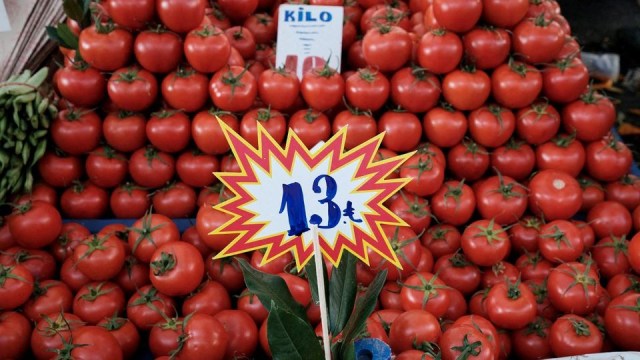
More governments are seeking ways to prevent surging inflation whipping up economic trouble – and even public unrest – without raising interest rates.
By Reuters – Marc Jones and Rodrigo Campos
Jan 21, 2022
But as the examples below show, past attempts to rein in soaring prices without hiking borrowing costs have often ended badly.
TURKEY
Turkey has spent years slashing rates only to hike again when the lira collapses, stoking inflation.
It has dabbled with measures including FX restrictions, but this time President Tayyip Erdogan is going all-in by offering to compensate lira savers from the public purse if currency losses exceed bank account interest rates.
That could prove costly, and put at risk a main draw for foreign investors – Turkey’s relatively low government debt.
“What the Turks are trying, honestly – I have never seen anything like it before,” said AXA’s chief economist Gilles Moec.

Reuters Graphics
ARGENTINA
A lack of trust in economic institutions – and the peso – has plagued Argentina for decades.
Efforts by right- and left-wing governments to rein in galloping inflation have seen price freezes on many products and capital controls.
Argentines often prefer to do business in dollars but limited access to the U.S. currency has created a huge gap between official and black market exchange rates.
The central bank recently raised interest rates to 40% from 38%. But the “real” rate, taking inflation into account, remains deeply negative.
Goldman Sachs’ Argentina economist Alberto Ramos says headline inflation has averaged 47.2% since July 2018, attesting to “significant macro policy dysfunction and the failure of the monetary authority in securing monetary control”.

Reuters Graphics
VENEZUELA
Venezuela defaulted in 2017 and money-printing to cover the budget deficit caused hyperinflation which reached 65,000% in 2018. The IMF sees inflation at 2,000% this year.
President Nicolás Maduro eased some price controls in 2019 and lifted a ban on foreign currency transactions. Official and unofficial exchange rates were brought into line but the bolivar plunged 8,000% and Venezuela’s debt-to-GDP ratio soared to 500%.
Last month Reuters reported the government was paying providers in dollars to help control inflation.
But the Inter-American Development Bank and others have warned that such ‘dollarisation’ leaves those unable to obtain dollars with little access to basic goods, including food.

Venezuela hyperinflation
…
Read More: Reuters – Analysis: A handbook of (mostly failed) radical inflation-fighting efforts
…

